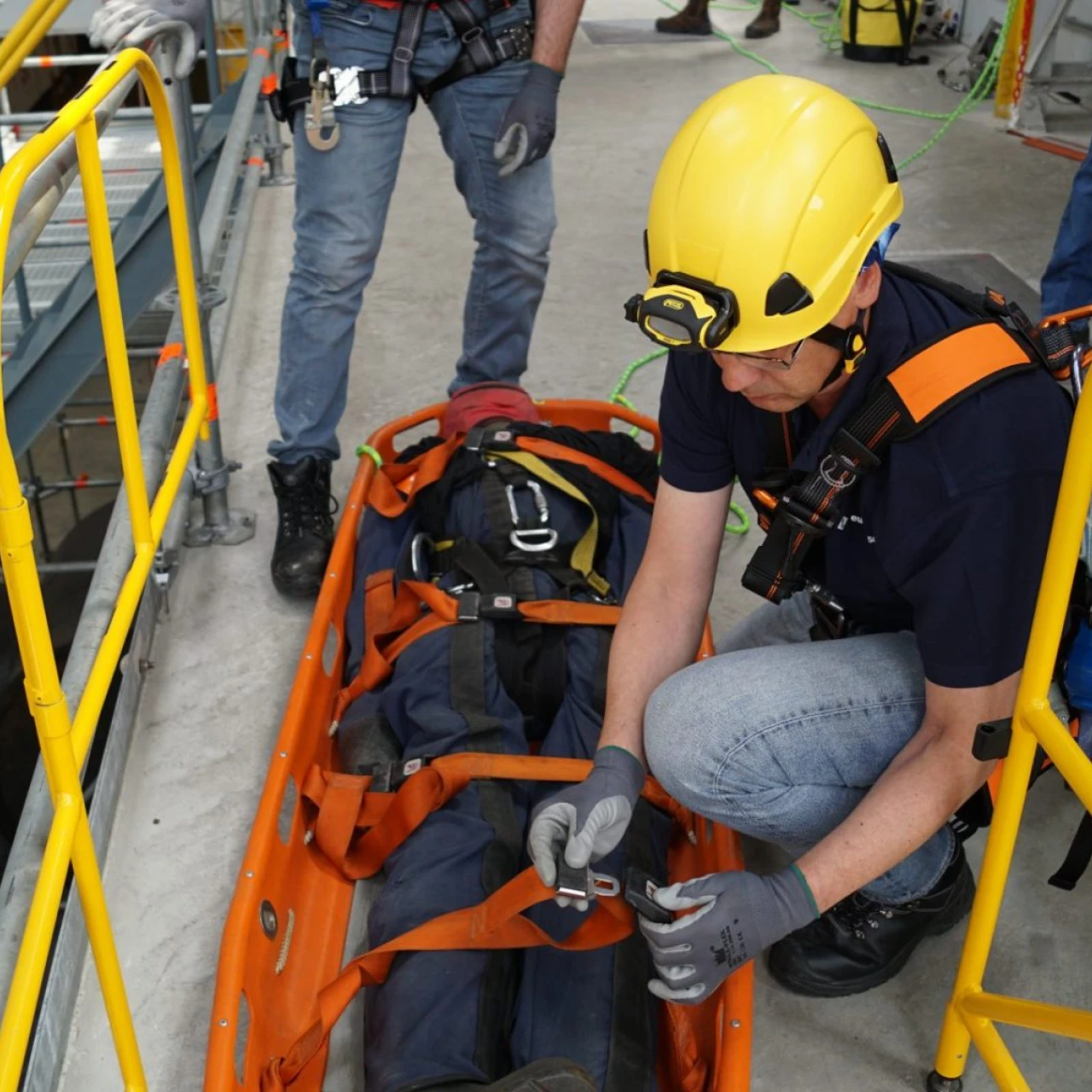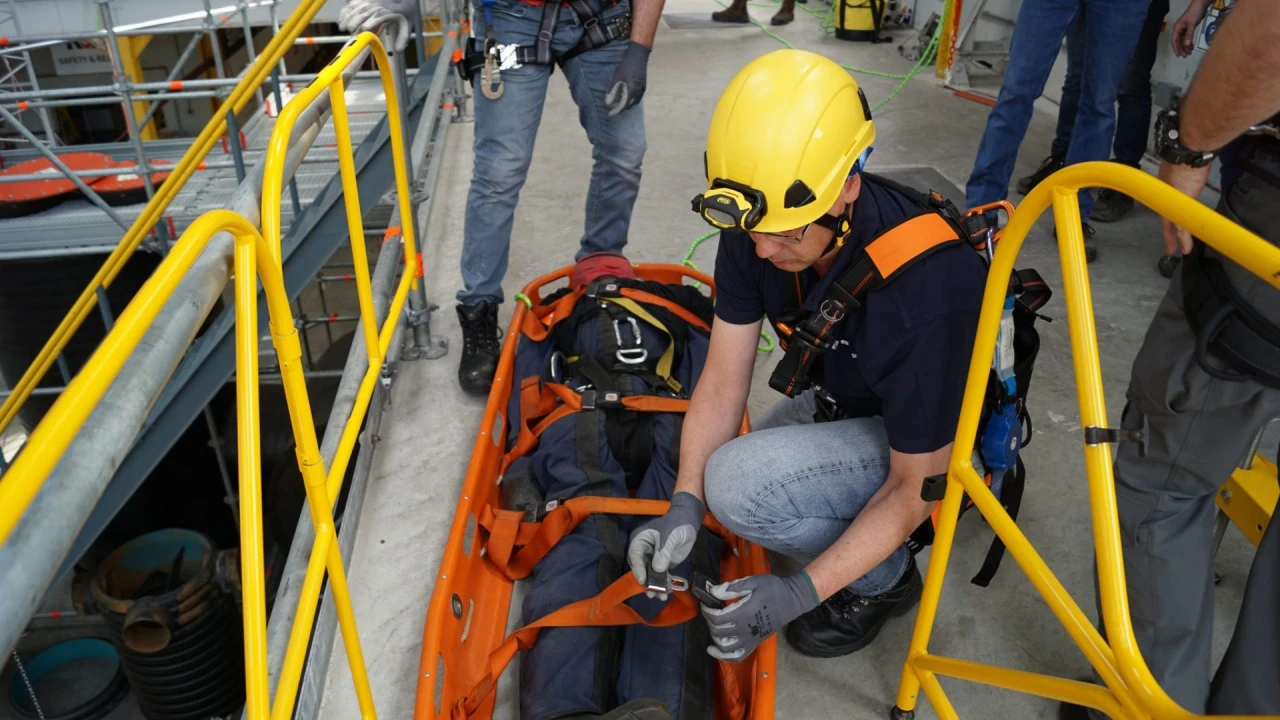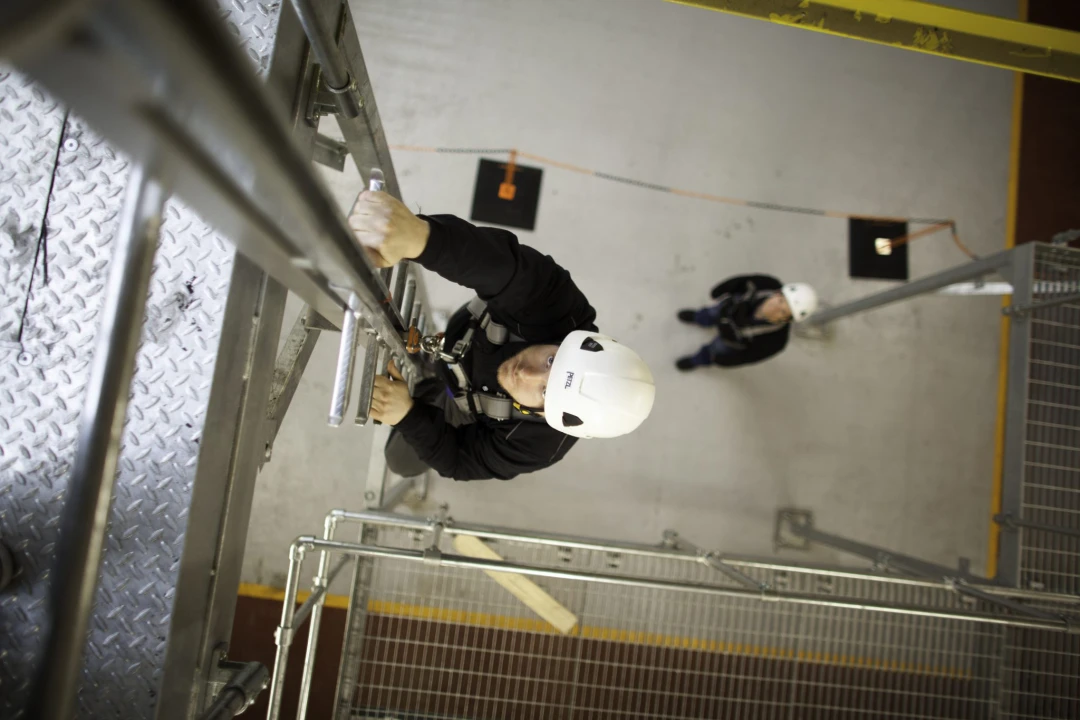

- Knowledge Base
- Blog
- The importance of a comprehensive working at height rescue plan
The importance of a comprehensive working at height rescue plan
If any employee is working at a height that could result in injury from a fall, it is a legal requirement to have a working at height rescue plan in place.
The employer holds the responsibility for ensuring the implementation of a rescue plan.
When employees work at heights or use fall arrest systems, employers or building owners are legally obligated to have a rescue plan. This plan ensures prompt retrieval in case of a fall.
A specific rescue plan and adequate resources must be available for every individual working at height on-site. Regular assessments and updates are necessary.
Do you provide sufficient training time for the onsite Rescue Team? Mere compliance won’t sustain their competence. The initial actions during emergencies are crucial, potentially life-saving, and require continuous preparedness.
Developing an emergency plan is paramount to protect employees, contractors, and visitors. Early actions and warnings play a vital role in minimizing damage and ensuring resilience.
As an employer, you need to consider adhering to the BS 8437:2005 Code of Practice (11.4.2. a), page 75.
Rescues may be necessary in diverse scenarios - working with ladders, on roofs, scaffolds, or even below ground - in both hazardous and non-hazardous environments.
Have you devised safe methods for retrieving individuals from these situations?
Have you outlined proper decontamination procedures for Rescuers after attending to hazardous situations?
If you require guidance, training, or assistance on any of these crucial safety aspects, feel free to contact Eurosafe. We are committed to working with you to ensure safety standards are met.

Working at Height Training
Our Working at Height Training courses help comply with the Work at Height Regulations 2005 by providing employers and employees with the vital information needed to competently deal with risks associated with working at height and provide them with a range of control measures to mitigate them.
Learn more about...

















